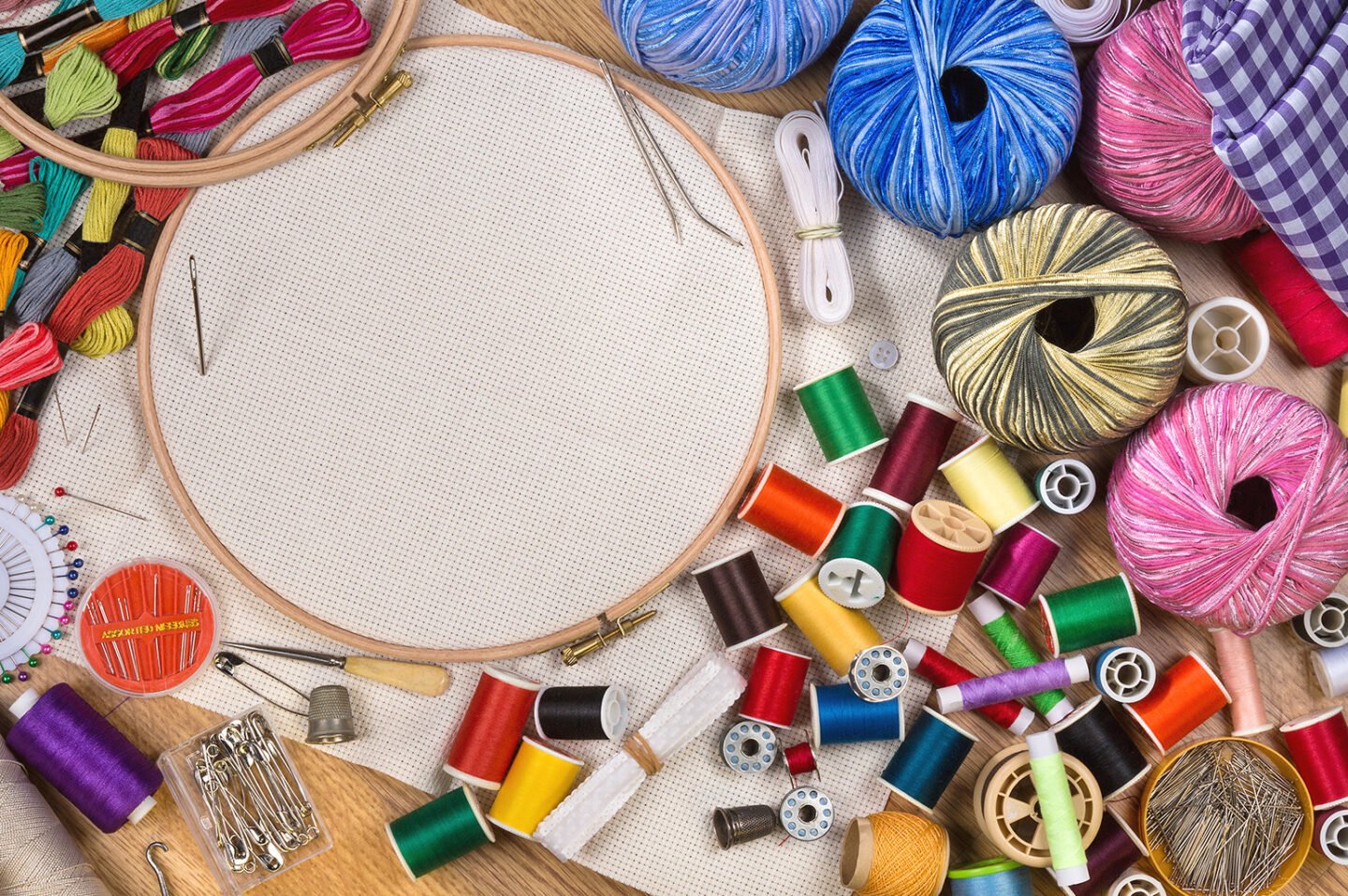Embroidery can be used to create unique and eye-catching designs for any clothing item or accessory. It is a great way to customize items and add flair to your wardrobe. Here is a step-by-step guide to get you started on your own embroidery projects.

Embroidery Basics
Embroidery is an easy and enjoyable craft that anyone can learn. It is a great way to customize clothing, accessories, and home decor items with beautiful patterns and embroidery fonts. To get started on the basics of embroidery, there are only a few materials needed: fabric, thread, needle, hoop or frame, and scissors. Once these supplies are gathered, it’s time to start stitching!
Begin by deciding which type of stitch will be used for the embroidered design. Running stitches are most popular for outlining shapes or making simple designs while French knots add texture and dimension in small areas. After selecting a fabric color or pattern to work with, use an iron-on transfer pen to trace the outlines of your design onto the fabric.
Supplies and Tools
An embroidery is an art form that has been practiced around the world for centuries. It is one of the most popular forms of needlework and requires a range of supplies and tools to create beautiful pieces. Knowing what to buy when embarking on an embroidery project can be daunting, but by familiarizing oneself with the basics it won’t take long before you’re selecting all the necessary items.
The basic supplies needed are the fabric that is woven enough for your chosen stitch pattern, a hoop in which to hold the fabric, and thread or floss in your choice of colors. Depending on your desired design, more embroidery tools such as needles, scissors, thimbles, and pincushions may also be necessary.
Patterns and Design Choice
Choosing the right pattern and design to enhance your embroidery project is a crucial step in creating an eye-catching final product. Whether you are a professional or an amateur, understanding how to select the appropriate pattern and design will help ensure the success of your project.
When selecting patterns and designs for embroidery projects, it is important to consider the size, complexity, and colors of the motifs used. Smaller designs are usually better suited for more intricate objects such as clothing or accessories while large and complex designs can be used on larger items like bedding or wall hangings. Additionally, when choosing colors for your project, make sure that they complement each other and create an appealing look. Finally, considering texture variations can also add depth to your creation.
Stitching Techniques
Embroidery is a popular art form that has been around for centuries. It involves the stitching of different materials like cloth, leather, and even paper to create beautiful designs. From intricate works of art to simple symbols, there are many different types of embroidery techniques that can be used to express creativity.
One common embroidery technique is called backstitch at its simplest level it involves using two threads in a single stitch to create a line or outline on fabric or other material. This type of stitching is versatile and can be used in almost any design where lines need to be created with thread. It’s also great for writing words or creating lettering as well as flower petal shapes and other embellishments.
Care and Maintenance
If you have recently begun your embroidery journey, or are considering starting this hobby, there are certain tips and tricks for proper care and maintenance of your materials.
One way to ensure the longevity of your embroidery supplies is to store them when not in use. Storing thread spools on their sides prevents them from becoming tangled or knotted together. Additionally, you should keep needles out of direct sunlight and never touch the sharp end as it can cause damage to both the needle and fabric being worked with at any given time.
Creative Ideas for Embroidery Projects
Embroidery is a fantastic craft with endless possibilities. Whether you’re looking for a simple project to get started, or something more detailed and intricate, there are plenty of creative ideas to explore. From handkerchiefs to pillows and even clothing, here are some unique projects that will make your embroidery stand out from the crowd!
One popular idea is to create patches with custom designs. You can use fabric markers or paint pens to create designs on felt or other fabric pieces, then stitch the design onto clothing for an eye-catching look. For a more adventurous project, try creating your own cross-stitched wall hanging by following a pattern you like or designing one yourself. If you’re looking for something functional yet stylish, consider making an embroidered bag or pouch – adding colorful stitches in different patterns can make it stand out!
In conclusion
Learning the basics of embroidery is a rewarding and fun way to express artistic creativity. With the right tools and materials, correct technique, and practice, anyone can learn how to embroider beautiful projects. The ultimate guide to embroidery provides all the necessary tips, tricks, and resources needed to get started with this age-old craft. From choosing threads to mastering stitches, the knowledge in this guide will help make any embroidery project a success.
